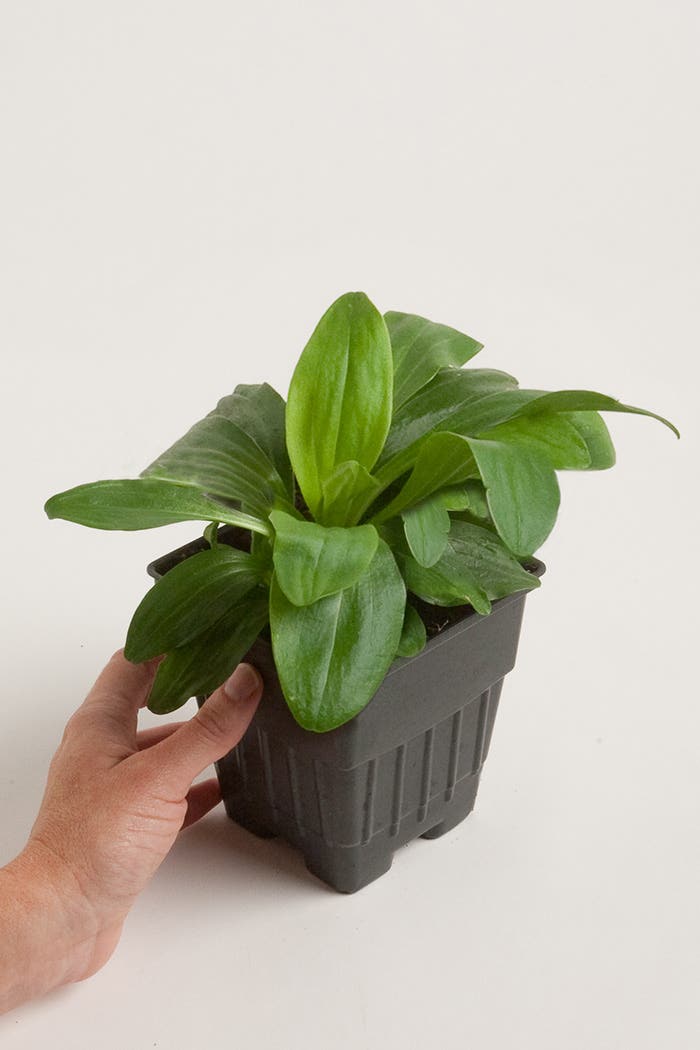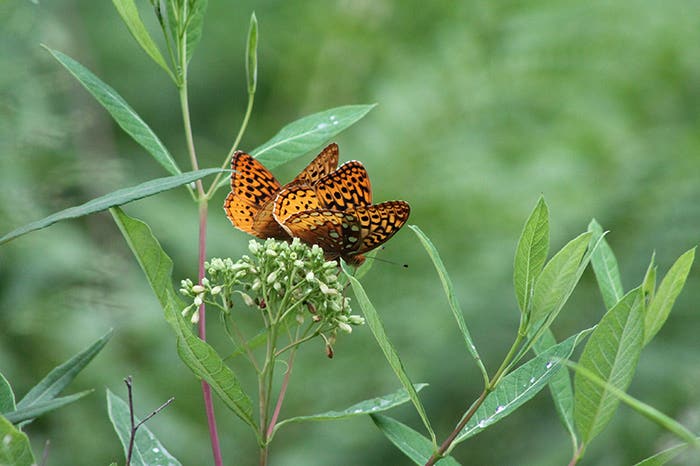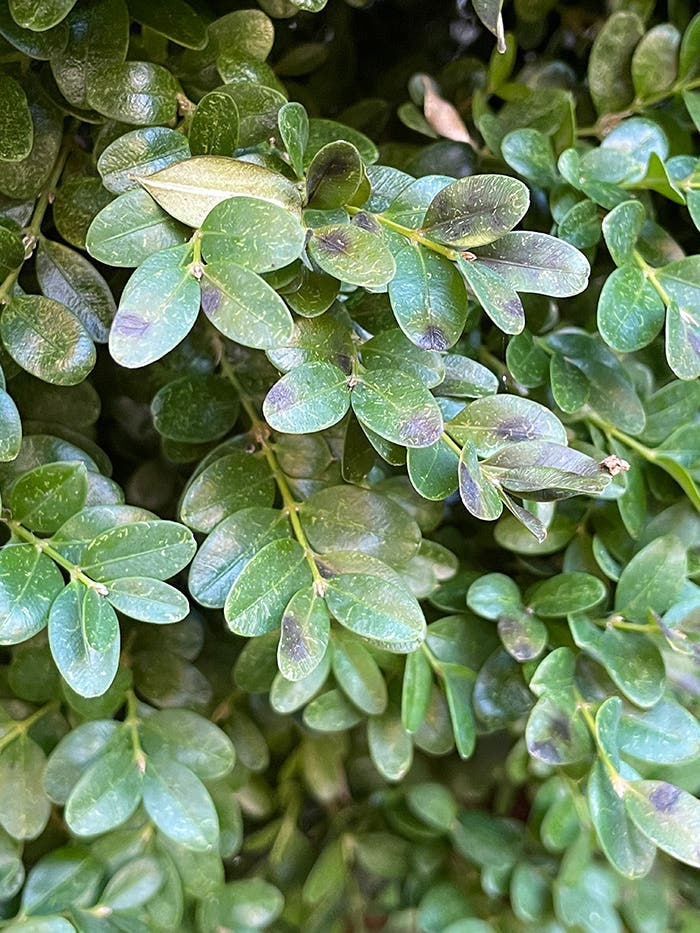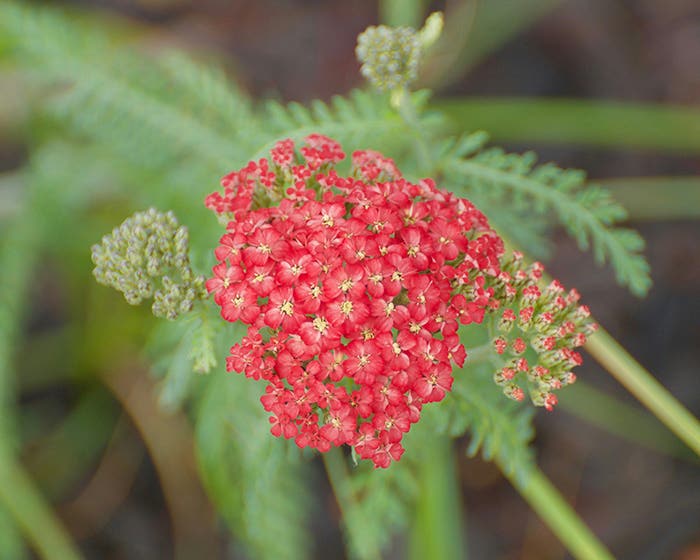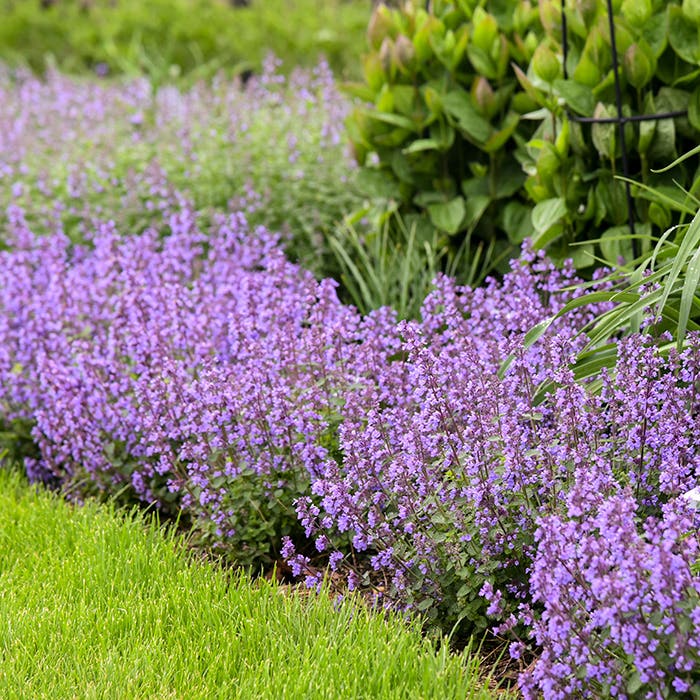The Decision to Switch to Organic Lawn Care
Here are five points to consider when deciding to switch to an organic lawn-care program. “Don’t be deterred,” writes author Karin Robison. “Just be ready.”
As an Amazon affiliate, we earn from qualifying purchases made through affiliate links.
At the landscaping company where I work, our clients sometimes ask about changing to an organic lawn-care program. I can spot two assumptions by the way they phrase the question: They think it’s simply a matter of swapping out traditional (synthetically derived) products for natural ones to yield a similar result, and that letting the lawn “go organic” means less work.
Making the switch is more complex than that. For the most part, you won’t find exact one-for-one product swaps. And it’s not so much less work as it is different work. Perhaps the trickiest part is managing your own expectations of what your lawn should be. But don’t be deterred. Just be ready, by asking yourself these questions:
WHAT’S YOUR MOTIVATION?
Do you want to keep potentially harmful chemicals away from pets? Do the kids still play on the grass? Are you concerned about the environmental impacts related to fossil fuel, water and fertilizer usage? Understanding your “why” will help you determine an acceptable course of action when you encounter a problem.
WILL YOU LIKE THE NEW LOOK?
Good-bye monoculture, hello mix of short plants! When you put away the chemicals, your lawn will become a wide range of textures and shades of green in no time. If you’re used to a consistent sweep of Kentucky bluegrass (the gold standard where I live), you’ll want to get comfy with a lawn composed of many different plants, some of which you’ve called weeds. But really, if your goal is to simply have a soft stretch of covered ground, then this should be easy to get used to.
WHAT’S YOUR TOLERANCE FOR IMPERFECTION?
If you go cold turkey on synthetic lawn-care products, brace yourself for what nature delivers straight into the void you just created. Your newly organic lawn has yet to build its defenses against the issues that your traditional program kept in check. There will be weeds (and other organisms) multiplying unchecked, and here you are without your glyphosate.
What to do? Apply the principles of integrated pest management (IPM), a concept originally used in large-scale agriculture to help farmers control pests that affected crops beyond an acceptable level.
For DIY lawn care, the essence of IPM is to try the least harmful solution first and see if it works before using something stronger. Imagine a spectrum of choices with 100-percent traditional treatments on one end and 100-percent organic options on the other. The solution to your problem lies somewhere along this line. The fully organic solution is always available, but it’s usually not a quick fix.
If you notice a plant is creeping in, first consider whether it can stay. If not, can you dig it out by hand? If it’s too widespread, you may decide to make a surgical strike with an herbicide just strong enough to get the job done. As an interesting side note, the plants that show up in a lawn say a lot about the state of the soil. Do a web search on “reading your weeds.” It’s a thing, and it’s very cool.
IPM will help you manage lawn issues until you’ve built up a soil-based ecosystem that is robust enough to stand on its own without much, if any, synthetic assistance.
CAN YOU FLIP YOUR POINT OF VIEW?
Traditional lawn-care programs are all about the grass. Products are applied to the top of the lawn with a spreader or sprayer. Each product is designed to chemically perform a certain otherwise natural function, either to prevent or treat a problem or to supply nutrition. Pre-emergents and other herbicides are used for weed control, fertilizers for growth and greening and insecticides to keep lawn-destroying insects in check. Due to these regular inputs, a traditionally managed lawn has few natural defenses and it is unable to nurture or heal itself.
A successful organic system is centered on the soil. A periodontist once told me that I can’t have great teeth if I don’t have healthy gums. Same thing: Your organic lawn program will focus on building a strong foundation of healthy soil. Your work will build the soil structure, balance the pH so that nutrients are available to roots and reduce soil compaction. The amendments of organic compost that you incorporate will introduce essential life forms—from the visible to micro-organisms—that were missing. Additionally, you’ll increase the population of desirable plants through regular seeding, and last, but definitely not least, you’ll adjust your watering methods so the plants are watered deeply and infrequently. This will enable roots to withstand drought.
IS PATIENCE ONE OF YOUR VIRTUES?
It’s a multi-year investment to nurture your lawn’s sub-surface ecosystem into something approaching balance. In the first few seasons after you’ve turned off the steady drip of synthetic inputs, your remedial decisions may fall toward the middle of the synthetic-organic spectrum. But with your continuing efforts and learning, the lawn’s ability to self-correct improves.
Late summer through early autumn is considered the best time to improve your lawn. I guess that means midsummer is high time to read up on current methods. I recommend The Organic Lawn Care Manual by Paul Tukey for the specific steps involved in an organic lawn-care program. It was published in 2007, and to my knowledge there is still none better. For up-to-date guidance on pesticides and their alternatives, I follow Beyondpesticides.org. A lot of information is not zone specific, so make sure to cross-reference the recommendations from your local extension office.
Making a complete switch in your lawn program can seem daunting, but you can start small. It’s likely you’ll find one or two new strategies that are easy for you to incorporate. I encourage you to adopt these simpler methods while you learn more about organic lawn-care techniques. Incremental changes will move you toward a healthier lawn while avoiding a lawn disaster.
Image credit: Cyndi Monaghan/Moment/Getty Images
. This article first appeared in the July/August 2019 issue of Horticulture.


